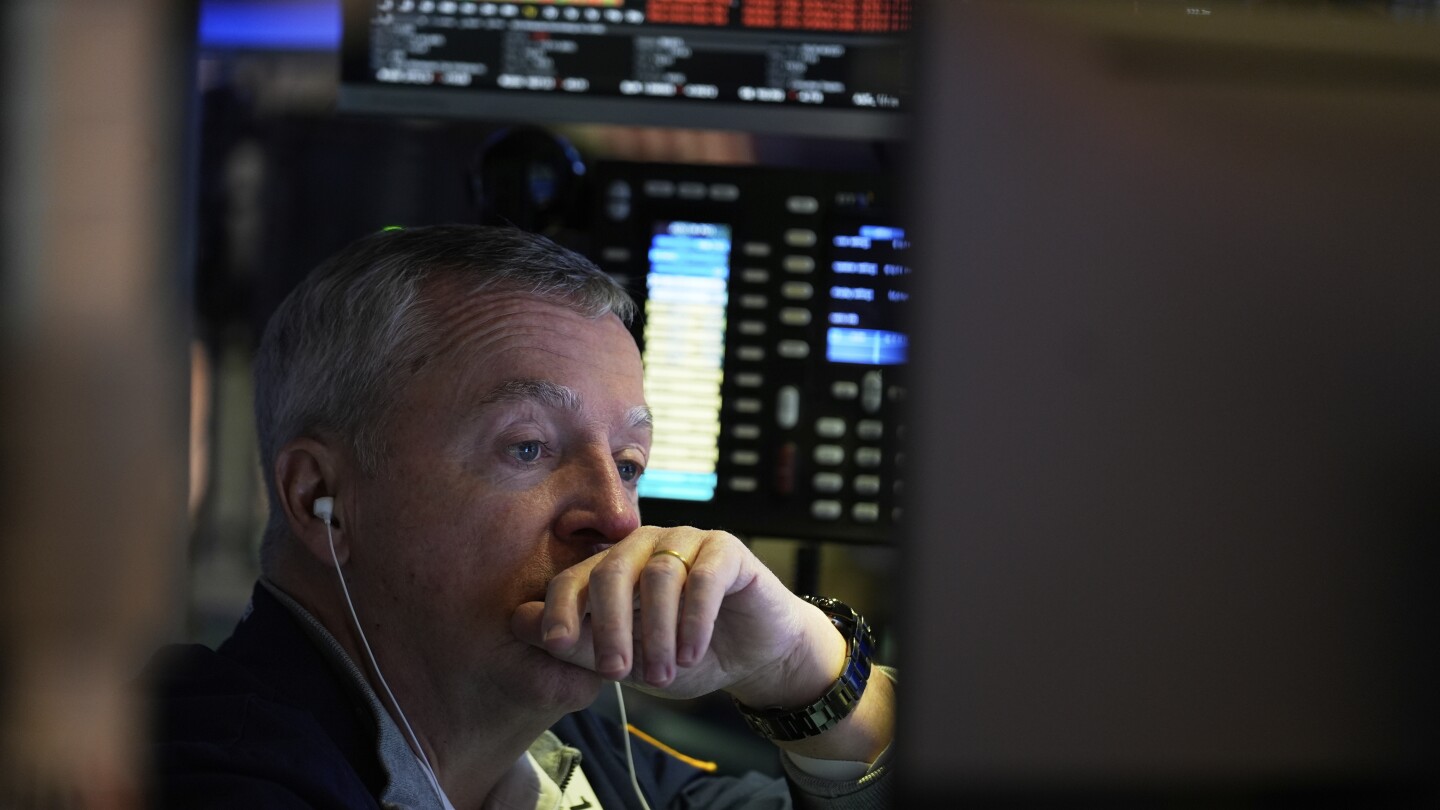NEW YORK (AP) — Wall Street may be entering another bear market as the tariff policies fuel fears that added taxes on imported goods could harm the global economy. The last bear market occurred in 2022, but this decline resembles the sudden, turbulent bear market of 2020 when the S&P 500 index dropped 34% in just one month, marking the shortest bear market ever. A bear market is defined as a 20% or more decline from a recent high for an extended period. The S&P 500 was down 1.2% in Monday afternoon trading, now 18.4% below its all-time high set on Feb. 19. The Dow industrials fell 1.8%, and the tech-heavy Nasdaq composite, already in a bear market, dropped 0.9%. The most recent bear market for the S&P 500 lasted from January to October 2022. Investors are concerned about the trade war escalating fear and uncertainty. President Trump’s tariffs have caused global markets to plummet, with China retaliating with its own tariffs. Tariffs can lead to economic pain by increasing inflationary pressure and provoking trading partners into retaliation. Historically, bear markets last an average of 13 months and result in a 33% decline in the S&P 500 index. The longest bear market ended in March 1942, lasting 61 months and cutting the index by 60%. A bear market is considered over when there is a 20% gain from the low point and sustained gains over six months. Advisers suggest staying invested for long-term returns, as dumping stocks would prevent potential gains. The S&P 500 has historically rebounded from every bear market to reach new highs.
— new from AP News
